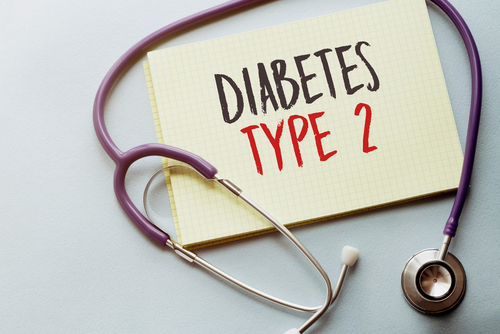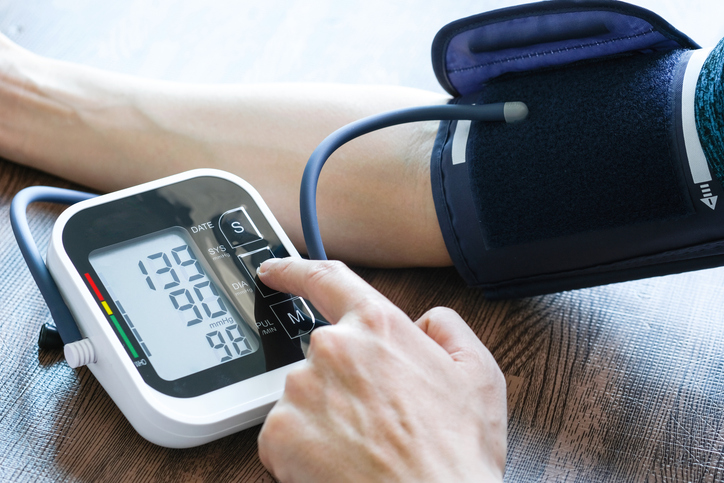
In patients with chronic kidney disease (CKD) and in kidney transplant recipients, hypertension is a major cardiovascular risk factor. In both of those patient populations, ambulatory blood pressure monitoring (ABPM) is considered the gold standard for managing hypertension.
Maria Korogiannou and colleagues conducted a study designed to compare the full ambulatory blood pressure profile and short-term blood pressure variability in kidney transplant recipients versus patients with CKD without kidney replacement therapy. Results of the study were reported during an oral session at the 59th ERA Congress in a presentation titled Ambulatory Blood Pressure Trajectories and Blood Pressure Variability in Kidney Transplant Recipients: A Comparative Study Against Chronic Kidney Disease Patients.
The study cohort included 93 kidney transplant recipients who were matched with 93 CKD patients for age, sex, and estimated glomerular filtration rate. All participants underwent 24 hour ABPM. Mean ambulatory blood pressure levels, blood pressure trajectories, and blood pressure variability indices in the two groups were compared.
There were no significant differences between kidney transplant recipients and CKD patients in 24-hour systolic blood pressure/diastolic blood pressure (126.9 vs 128.1 mm Hg, respectively), daytime systolic blood pressure/diastolic blood pressure and nighttime systolic blood pressure. Nighttime diastolic blood pressure was slightly higher in kidney transplant recipients compared with CKD patients (76.5 vs 73.8 mm Hg; P=.04).
For both ambulatory systolic blood pressure/diastolic blood pressure, repeated measurement-ANOVA (analysis of variance) showed a significant effect of time but not of kidney transplant recipient or CKD patient status. There were no differences in ambulatory systolic/diastolic blood pressure variability indices between the two groups, with the exception of 24-hour diastolic blood pressure standard deviation that was slightly higher in CKD patients (10.2 mm Hg in kidney transplant recipients vs 10.9 mm Hg in CKD patients; P=.041). There were no differences observed between the two groups in dipping pattern.
In conclusion, the authors said, “Mean ambulatory blood pressure levels, blood pressure trajectories, and short-term blood pressure variability indices are not significantly different between kidney transplant recipients and CKD patients, suggesting that kidney transplant recipients have a similar ambulatory blood pressure profile compared with CKD patients without kidney replacement therapy.”
Source: Korogiannou M, Therdorakopoulou M, Sarafidis P, et al. Ambulatory blood pressure trajectories and blood pressure variability in kidney transplant recipients: a comparative study against chronic kidney disease patients. Abstract of a presentation at the 59th European Renal Association Congress, Paris, France, May 19-22, 2022.







 © 2025 Mashup Media, LLC, a Formedics Property. All Rights Reserved.
© 2025 Mashup Media, LLC, a Formedics Property. All Rights Reserved.